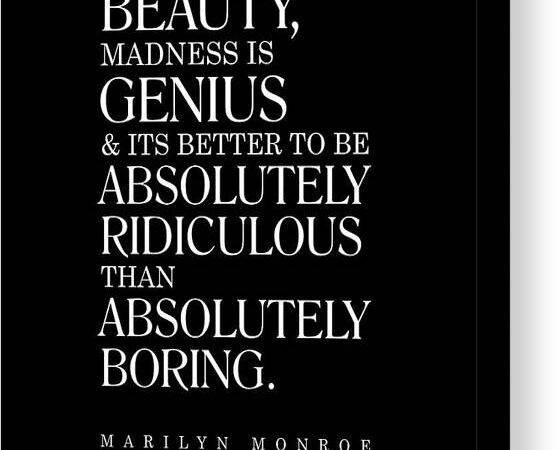The enigmatic persona of Marilyn Monroe, an enduring icon of global recognition, continues to captivate us.
From her meteoric rise to stardom in the early 1950s to her tumultuous and premature demise a decade later, the fascination with the blonde bombshell persists through numerous literary works, artistic representations, and cinematic portrayals, including a recent Netflix production delving into her life.
Beyond being a mere historical figure, Monroe serves as a mirror reflecting back to society its deepest cultural fears, aspirations, and ideals.
A lingering query that has persistently shadowed perceptions of Marilyn Monroe is centered on her mental state.
Raised by a single mother without knowledge of her father, Norma Jean Mortenson, as she was originally named, abandoned formal education early to wed a neighbor.
Her life took an unexpected turn when a photographer spotted her at the factory where she worked during wartime and propelled her into a modeling career, eventually catapulting her to worldwide fame through the silver screen.
Norma Jean’s personal life was marred by turmoil and instability.
Her mother grappled with severe mental illness, leading to her institutionalization.
Norma Jean found herself in various foster care arrangements, including a stint in an orphanage.
Her marriage during high school provided a fleeting escape and semblance of stability.
However, upon attaining fame, she shed her former identity to emerge as the iconic Marilyn Monroe.
The relentless scrutiny from the press inflicted significant toll on Marilyn’s well-being.
Notorious gossip columnist Hedda Hopper once insinuated about Marilyn’s miscarriages, questioning her coping mechanisms and even suggesting alcohol misuse to alleviate her grief.
Marilyn endured relentless public scrutiny, criticism, and intrusion into her personal life, with her relationships, physique, and fashion choices dissected under the media microscope.
Elton John poignantly likened her existence to a fragile “candle in the wind.”
The recent biographical drama film titled Blonde, helmed by director Andrew Dominik, offers a harrowing portrayal described aptly as a “horror film.”
Dominik aimed to deliver an intense narrative, showcasing distressing scenes of abuse, both physical and mental, raising questions about how Marilyn navigated such adversities throughout her life.
Critics ponder whether Blonde accurately encapsulates Marilyn’s essence.
The depiction portrays her as a perpetual victim rather than a self-empowered individual.
Richard Brody of The New Yorker criticized the film’s exaggerated sensationalism, likening it to a distorted narrative akin to Mel Gibson’s controversial film.
Brody highlighted the omission of Marilyn’s political activism, professional achievements, and non-romantic relationships, overlooking her struggles with mental health challenges.
Insights from Dr. Hyman Engelberg, one of Marilyn’s physicians, revealed her battle with bipolar disorder, formerly known as manic-depressive illness.
Biographer Lois Banner disclosed Marilyn’s additional struggles with speech impediments, dyslexia, substance addiction, and suicidal tendencies before her tragic death in 1962.
Despite her afflictions, Marilyn displayed resilience in confronting her mental health issues.
She sought frequent psychiatric counseling and underwent brief institutionalization at Payne Whitney Clinic and later at Columbia Presbyterian following suicidal inclinations.
Marilyn’s candid accounts of her experiences at Payne Whitney reflected feelings of unjust confinement and dehumanization, shedding light on the harsh realities of mental health treatment during that era.
Marilyn Monroe embodies diverse personas to different observers—be it an epitome of beauty, a talented artist, a victim of circumstances, or a symbol of bravery amidst adversity.
The multifaceted reflections of Monroe underscore society’s inclination to perceive her through varied lenses, each revealing a distinct facet of her complex persona.
It is imperative to acknowledge the multifaceted nature of Marilyn Monroe and the significance attributed to her portrayal.
The film Blonde accentuates her vulnerability, portraying her as a victim in a callous world, while excluding substantial aspects of her life.
By acknowledging her struggles with mental health, a deeper and less explored perspective of Marilyn emerges, offering solace and understanding to those who seek a more nuanced interpretation of her legacy.



